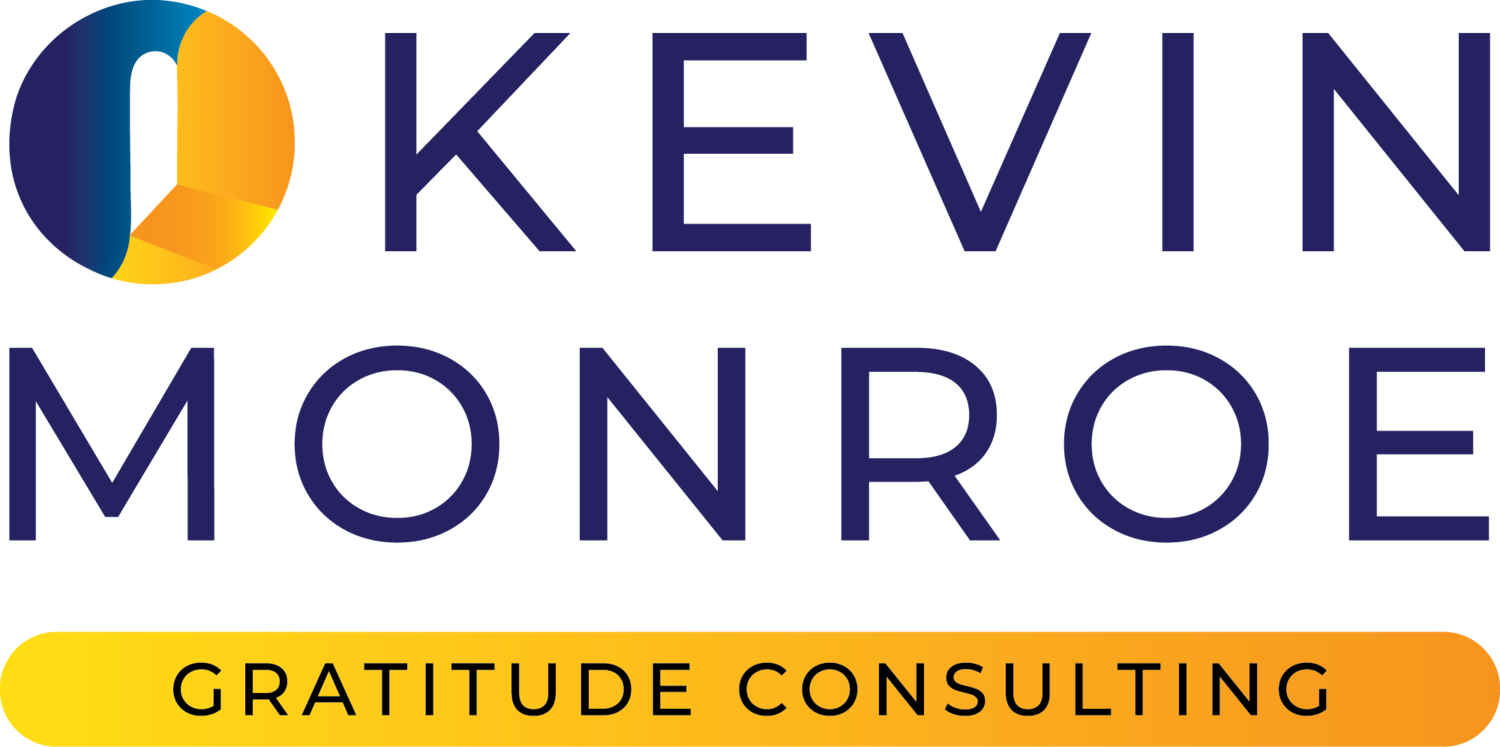Higher Purpose Podcast 87: The 7 Laws of Employee Loyalty with Heather Younger
With more and more people switching jobs every few years, how can you as a leader cultivate loyalty in a humans first kind of way? Join us on this episode with Heather Younger, the host of the podcast Leadership with Heart, the author of The 7 Intuitive Laws of Employee Loyalty, and, in her words, an employee advocate. Listen to the full episode:
Employee loyalty in today’s business world
From Heather’s perspective, employee loyalty is more about the bond between the leader and those being led, rather than being bonded to the organization. So the question is: how do we bond people to people? How can leaders create experiences and environments that help bond people to you for the long term?
Even if people aren’t staying in the company for the next few decades, how can we extend their tour of duty? And while they’re with us, what can they achieve for us, and how can we help them get closer to their goals?
Employee loyalty vs. employee engagement
Loyalty is an individual thing. People are loyal usually because they feel there’s loyalty on the other end. There’s reciprocity: I’ll give my all to you, and you give me what I need to excel. Because of that, I’m sticking with you. This can begin from way before they’re even an employee (e.g. from hearing about your company on the news or your website), to well after they’ve left you (e.g. will they refer people to you?).
Engagement is how employees feel at work. Do they feel like their work is meaningful? Are they invested in the company and its mission? Are they willing to go over and above for that mission?
Resonance
Loyalty assumes the work resonates with you in some way and you’re not just there to get a check. It’s that resonance that’s keeping you bonded with the organization. So organizations can curate touch points that make people feel a certain way and get them to stay longer and do more for the organization. These feelings aren’t accidental — they’re created in the back end by processes and systems. These allow you to maintain these “moments of truth” and keep them positive and consistent. This is impact by design, translating the high-level vision into specific actions.
The 7 Intuitive Laws in a humans first context
1. Give them great supportive managers.
This is about relationship, connection, transparency, and vulnerability. When we look at humans first, we’re talking about meeting people where they’re at: imperfect leaders and imperfect employees coming together, and that’s where true humanity comes from.
2. Recognize your employees often.
There is an innate need for us to feel appreciated and valued as people.
3. Give them a voice and do something about it.
Make sure that you hear them, and respond to what they need. Listen, repeat back what you heard, and then act upon it.
4. Grow and promote their talents
As a leader, you should be able to pull out the gifts that each person inherently has, and leverage them. Make sure they’re living up to their higher purpose.
5 & 6. Foster deep connections with them / Make teamwork the focus
Make the team your focus. Through teams, people are able to exhibit their own humanity: they can innovate, collaborate, discover each other’s strengths and weaknesses, and make a lot of great things happen. So you’re connecting with your team and helping them connect with one another, but this idea of connection also means connection with the mission vision and the executive leadership.
7. Pay them equitably
People need to be paid well for the work they do. They need to feel like it’s fair and equitable and that they can feed their families. There’s no greater humanity than that — being able to take care of your family.
Final thoughts
Employee experience is powered by emotions, and leaders get to choose which emotions they unleash from the people they lead.
Want to grow as a HumansFirst leader and connect in meaningful conversations with other HumansFirst leaders?
Join me for the HumansFirst Book Club, where we do a deep dive into a book a month and often engage the authors in conversation.
Resources
The Alliance: Managing Talent in the Networked Age (Amazon)
